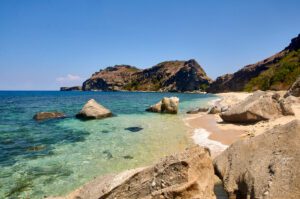
Capones Island: A Jewel of Zambales’ Coastal Beauty and History
Capones Island forms part of a trio alongside Camara Island and an attached islet. Situated nearly four kilometers off the coast of Pundaquit in San
Perched high on Capones Island, part of the municipality of San Antonio in Zambales, the Capones Lighthouse—also known as Faro de Punta Capones—stands as a sentinel of history and natural beauty. Erected in 1890 during the Spanish colonial period, this historic lighthouse is one of the few remaining old Spanish lighthouses in the Philippine archipelago. It serves as both a vital navigational aid and a remarkable piece of the Philippines’ maritime heritage.





ABOVE: Capones Island features reddish soil and cliffs, a beach scattered with pebbles, and clear, sparkling water. Travelers can hike up the hill using pathways—some smooth with cement and others rugged—offering a diverse adventure to explore the island’s natural charm.
ABOVE: Capones Island features reddish soil and cliffs, a beach scattered with pebbles, and clear, sparkling water. Travelers can hike up the hill using pathways—some smooth with cement and others rugged—offering a diverse adventure to explore the island’s natural charm.
Officially inaugurated on July 15, 1890, the lighthouse was equipped with first-order lenses. Its lantern, boasting a diameter of 3.5 meters, was procured from the prestigious Company of Messrs. Barbier in Paris and installed a year before the inaugural ceremony. This sophisticated lantern emitted prolonged flashes of white light at 30-second intervals, interspersed with total eclipses, creating a beacon visible up to 25 miles away under standard atmospheric conditions.




ABOVE: As you hike towards the lighthouse, you’ll be greeted by a stunning view that rewards your trek with breathtaking beauty. At the pebble beach below, you’ll see waiting bancas, adding excitement for tourists eager to explore more.
ABOVE: As you hike towards the lighthouse, you’ll be greeted by a stunning view that rewards your trek with breathtaking beauty. At the pebble beach below, you’ll see waiting bancas, adding excitement for tourists eager to explore more.
The Tower House of the Capones Island Lighthouse, originally built to accommodate the torreros (tower keepers) and their families, exhibits signs of aging, including worn walls, peeling paint, and crumbling bricks. The tower’s construction utilized uncoated bricks, which have weathered over time, while the keepers’ housing featured roofs made of hierro galvanizado (galvanized iron). Despite these weathered features, the Tower House retains its historical charm and significance. Although the Tower House has not undergone extensive refurbishment, the lighthouse itself has been carefully maintained. The tower preserves its original square structure, complete with a double balcony and lantern, and stands out with its pristine white exterior.



ABOVE: As you walk along the trail, you gradually see the lighthouse ahead, drawing your attention and guiding your path. The gate, standing tall, is crafted from intricately designed wrought iron.
ABOVE: As you walk along the trail, you gradually see the lighthouse ahead, drawing your attention and guiding your path. The gate, standing tall, is crafted from intricately designed wrought iron.
Proudly towering at a height of 65 feet, with a focal height of 230 feet (70.1 meters), the Capones Lighthouse casts its guiding light across a vast radius of up to 25 nautical miles (46 kilometers; 29 miles). Its elegant, cylindrical structure rises gracefully against the rugged landscape of Capones Island.
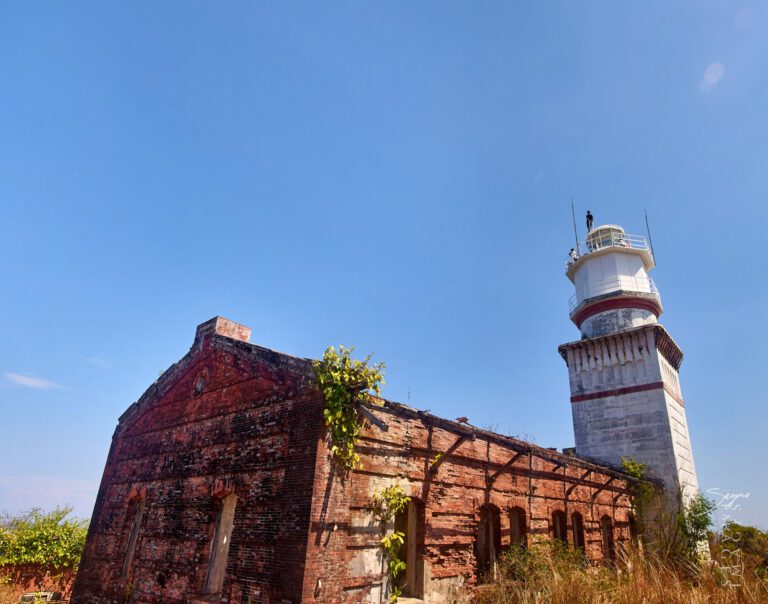

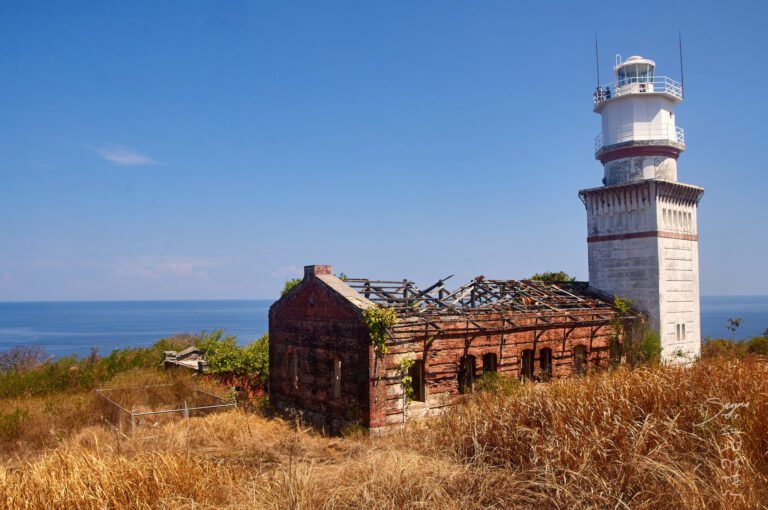

ABOVE: Located on Capones Island in San Antonio, Zambales, the Capones Island Lighthouse stands tall, inviting travelers and sea enthusiasts alike. Its historical importance and the stunning surroundings make it a must-see destination, offering a glimpse into the past amidst breathtaking scenery.
ABOVE: Located on Capones Island in San Antonio, Zambales, the Capones Island Lighthouse stands tall, inviting travelers and sea enthusiasts alike. Its historical importance and the stunning surroundings make it a must-see destination, offering a glimpse into the past amidst breathtaking scenery.
One of the most striking features of the Capones Island Lighthouse is its picturesque setting. The lighthouse offers an expansive view of its surroundings, making it a favored destination for tourists exploring the scenic coves of Pundaquit. Surrounded by pristine beaches, lush vegetation, and dramatic cliffs, the lighthouse provides breathtaking panoramic views of the surrounding ocean and distant mountains. Visitors to the island are treated to an unforgettable experience as they explore the lighthouse and take in the stunning vistas from its base.







ABOVE: Taking a close-up of the lighthouse, this photo highlights its beautifully renovated tower. The square design stands out with its two balconies and lantern, all painted in a white color, maintaining its classic charm over time.
ABOVE: Taking a close-up of the lighthouse, this photo highlights its beautifully renovated tower. The square design stands out with its two balconies and lantern, all painted in a white color, maintaining its classic charm over time.
Travelers can reach the Capones Lighthouse by following the stone markers that lead along the eastern shoreline of the island, navigating through the rocky terrain. The journey to the lighthouse is an adventure in itself, often involving a boat ride from the mainland. Upon arrival, visitors can hike up to the lighthouse, enjoying the scenic beauty of the island along the way. The trek provides a unique opportunity to witness the island’s natural landscapes, including its diverse flora and fauna.



ABOVE: From the cliff’s edge, this photo captures the iconic Capones Island Lighthouse amidst its stunning scenery. Standing here offers a broad view of the lighthouse and its surroundings, but caution is advised due to the steep terrain.
ABOVE: From the cliff’s edge, this photo captures the iconic Capones Island Lighthouse amidst its stunning scenery. Standing here offers a broad view of the lighthouse and its surroundings, but caution is advised due to the steep terrain.
Today, the Capones Island Lighthouse serves as a symbol of both historical significance and natural splendor. It continues to guide maritime traffic while also drawing tourists and history enthusiasts who seek to explore its storied past and enjoy its beautiful surroundings. As one of the last remaining old Spanish lighthouses in the country, it stands as a testament to the Philippines’ rich maritime history.






RELATED STORIES

Capones Island forms part of a trio alongside Camara Island and an attached islet. Situated nearly four kilometers off the coast of Pundaquit in San

The Subic Spanish Gate, Olongapo’s oldest remaining structure, has withstood three significant events: the Dewey shelling of 1898, the Japanese attack of 1941, and the

Near Pundaquit in Zambales, two islands are calling to be explored. Camara Island, the closer one, sits just off Pundaquit’s shores and is easily reachable.

There is no way anyone can ignore the beauty of Pamatawan River if they are traveling in the area of the coast of Pundaquit in
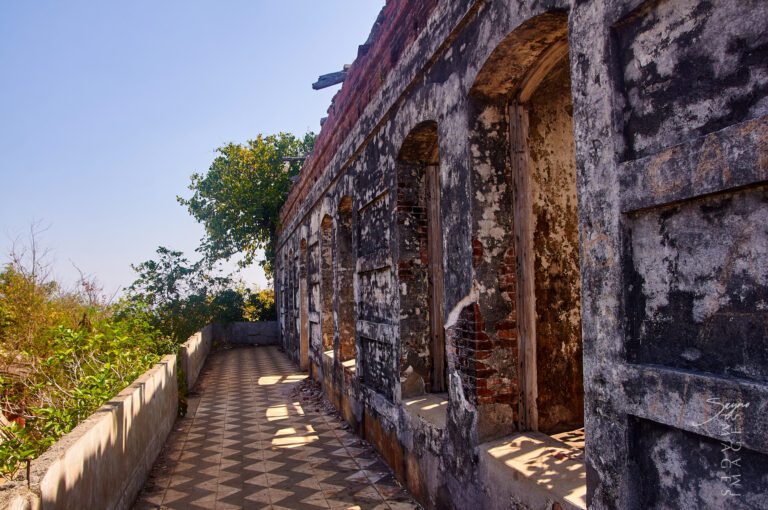


ABOVE: This vibrant photo captures local kids adding lively energy to the setting. They’re often seen helping boatmen or fishermen, and having fun on their island with visitors. The weathered houses of the tower keepers add a charming rustic touch, adding character to the scene.
ABOVE: This vibrant photo captures local kids adding lively energy to the setting. They’re often seen helping boatmen or fishermen, and having fun on their island with visitors. The weathered houses of the tower keepers add a charming rustic touch, adding character to the scene.
For those with a passion for history and a love for nature, the Capones Island Lighthouse in Zambales is a must-visit destination. It offers a serene escape amidst the beauty of the sea and sky, embodying a unique blend of cultural heritage and scenic charm.



ABOVE: Climb the lighthouse tower and go up its beautiful spiral staircase with fascinating designs. From the top, enjoy a wide view that covers the whole area around you. It’s a memorable experience for everyone who makes the journey up.
ABOVE: Climb the lighthouse tower and go up its beautiful spiral staircase with fascinating designs. From the top, enjoy a wide view that covers the whole area around you. It’s a memorable experience for everyone who makes the journey up.




I’m looking forward to the stories and images leaving a lasting positive impression on you, just as they have on me. Stay connected with us on social media for a weekly exploration of travel assignments and breathtaking visuals. Our focus is on championing local tourism, showcasing small businesses, and honoring the magnificence of the Philippines through the content we curate. Join us in spreading the word by clicking the ‘share’ buttons below. Your support means the world to us.
EXPLORE MORE about

Pundakit, or the Municipality of Pundaquit of San Antonio, in Zambales Province, is a fishing village that boasts a multilingual local population (Ilocano, Zambal, Tagalog)

There is no way anyone can ignore the beauty of Pamatawan River if they are traveling in the area of the coast of Pundaquit in

The Subic Spanish Gate, Olongapo’s oldest remaining structure, has withstood three significant events: the Dewey shelling of 1898, the Japanese attack of 1941, and the
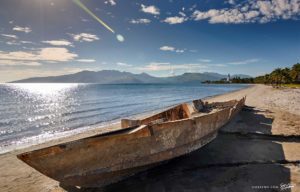
Subic bay is well known for its collection of shipwrecks from the past, as well as being visited frequently by the American Navy for military

Capones Island forms part of a trio alongside Camara Island and an attached islet. Situated nearly four kilometers off the coast of Pundaquit in San
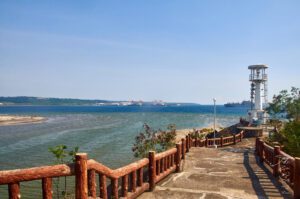
In the past, the Olongapo’s Subic Lighthouse, also known as the Subic Old Light Parola, served as a guiding light for ships, predating the establishment
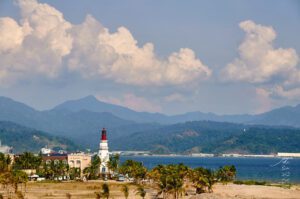
The Subic Lighthouse Marina Resort, constructed in 2006, exudes a distinctive nautical charm. The iconic lighthouse fulfills its role of guiding ships and boats to

Near Pundaquit in Zambales, two islands are calling to be explored. Camara Island, the closer one, sits just off Pundaquit’s shores and is easily reachable.
BROWSE BY CATEGORIES